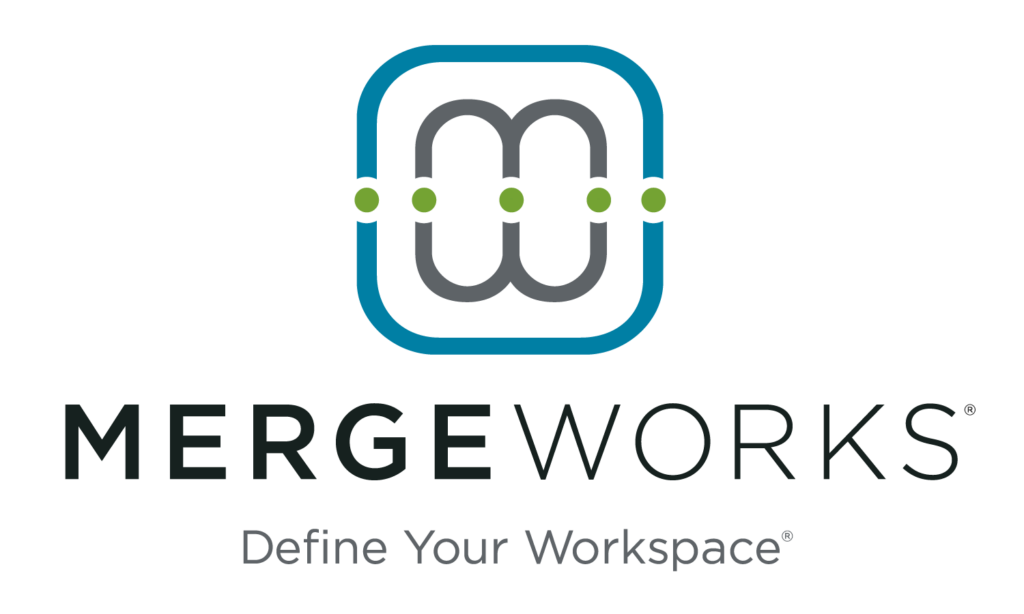Have you suddenly become a caregiver for a family member as care facilities are in lockdown? Don’t forget the critical tax deductions that could be waiting for you.
As nursing homes and eldercare facilities have been in lockdown this year, you may have suddenly taken on primary caregiver responsibilities for a loved one. It’s a tough job and one that only becomes more daunting as the bills pile up. But there are some critical tax deductions you can take as a caregiver that can free up funds to provide the best care possible.
The Child Tax Credit (CTC) was expanded a few years ago to allow taxpayers to claim an up to $500 credit for an adult dependent, which can include an elderly parent or a sibling, in-law, or friend. The dependent needs to meet specific requirements, including being a legal U.S. citizen or national. Through 2025, the credit phases out at $200,000 of modified adjusted gross income or $400,000 for married couples filing jointly, which is more than twice the pre-2018 income threshold.
The CTC is not to be confused with the Child and Dependent Care Credit. If you’re a parent, you may recognize this tax credit as the one that includes daycare expenses. It can be used for eldercare expenses as well, as long as the cost was incurred to assure the dependent’s well-being and protection. Caring for a spouse or other adult dependent can be a qualifying expense if they are physically or mentally not able to care for themselves. The limit for the Child and Dependent Care Credit is $3,000 for one qualifying individual or $6,000 for two or more qualifying individuals.
Medical expenses can also be a valuable deduction source if those expenses surpass your standard deduction limit. Usually, a healthy individual or family wouldn’t come close to exceeding that amount but, when adding in the cost of eldercare, expenses can skyrocket. These expenses that can be used to compute your tax deduction include:
- Improvements made to accommodate a home for caregiving, including adding ramps or lifts, widening doorways, modifying bathrooms and kitchens for accessibility, and more.
- Acupuncture and chiropractic care, which are alternative treatments not usually covered by insurance.
- Eye exams, eyeglasses, and eye surgery, as well as hearing aids and dental treatments.
- Medical supplies, including prescription medicine, bandages, and oxygen for a medical condition.
Any wages you may pay someone for home health services, nursing services, and even maintenance and personal care services can apply. These can include giving medication, changing dressings, and bathing and grooming the dependent. According to the IRS, the services do not need to be performed by a nurse “as long as the services are of a kind generally performed by a nurse.” However, if the person is also picking up groceries, washing dishes, and performing other household chores, wages for that time must be excluded from deductible expenses.
Each of these tax credits and deductions should be weighed carefully to determine which opportunity affords you the best tax breaks. If you’re a single filer who has taken in a parent or another adult dependent, for instance, you may want to consider filing as Head of Household. The change could bump up your standard deduction from $12,200 to $18,350, which may outweigh itemized medical deductions. Being a caregiver is exhausting, tireless work. Be sure to secure the optimal tax breaks for your efforts.















